“The Door in the Wall and Other Stories” by H. G. Wells by Allie B.
I examined a first edition copy of H.G Well’s The Door in the Wall and Other Stories. This was one of 600 copies printed by Norman T.A. Munder & Company in November 1911 on French handmade paper. These copies were set and designed by husband-and-wife duo, Bertha S. Goudy and Frederic W. Goudy. The work also features 10 illustrations created by famous American photographer, Alvin Langdon Coburn, which are meant to accompany the 8 short stories in the book. This particular copy is one of 300 with hand-pulled photogravure illustrations, with the others being completed with aquatone printed plates. The printed illustrations are attached to pages within the book, rather than printed directly onto a page.
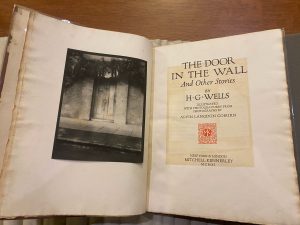


H.G. Wells collaborated with friend Alvin Langdon Coburn on numerous occasions, and the two had a “great impact on [their] artistic development”. The artistic exchange between Wells and Coburn resulted in a capturing of sci-fi, fantasy, and the future, which could only be done together. While the stories included in this book are fantastical, the accompanying images are extremely worldly, such as boats and a statue in a garden. The titles of the images are what ultimately relate them back to the sci-fi nature of the stories, such as in the case of “The Enchanted Garden.” In doing this, images of fairly ordinary subjects are transformed to become fantastical. The content of the stories are not longer completely out of the realm of possibility.
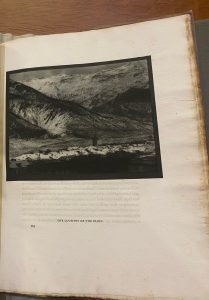
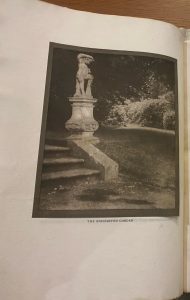
“A Dream of Armageddon” is the third story in the book and is the second longest of all 8. Like the other 7 stories, “A Dream of Armageddon” does not end happily. It tells the story of a man who is plagued by dreams, or perhaps premonitions, of his death and general worldwide tragedy. In his dreams, the man chooses to abandon his highly ranked political position for a life of true love in Capri. The island becomes an idealized paradise, and the accompanying picture entitled “Capri” helps to solidify that notion, showcasing a seaside town with breathtaking bluffs. In his dreams, while the man does choose love, war breaks out and results in him losing his life and witnessing his love die as well. While it is true that the man’s choice has brought about global war, the reasoning behind his selfishness can easily be explained by the image of the idyllic Capri. After all, why return to work when you could be in paradise with your one true love?
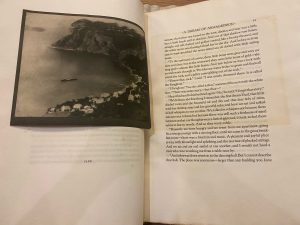
Other references:
Margaret J. Schmitz, “Capturing Futurity: The Artistic Exchange of Alvin Langdon Coburn and H. G. Wells”, British Art Studies, Issue 23, https://doi.org/10.17658/issn.2058-5462/issue-23/mschmitz
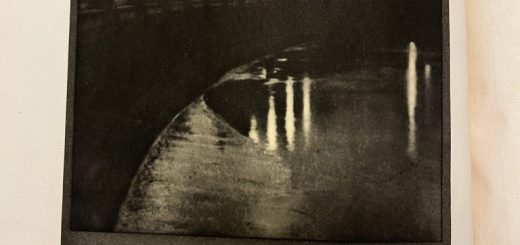

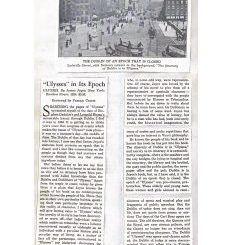







Recent Comments